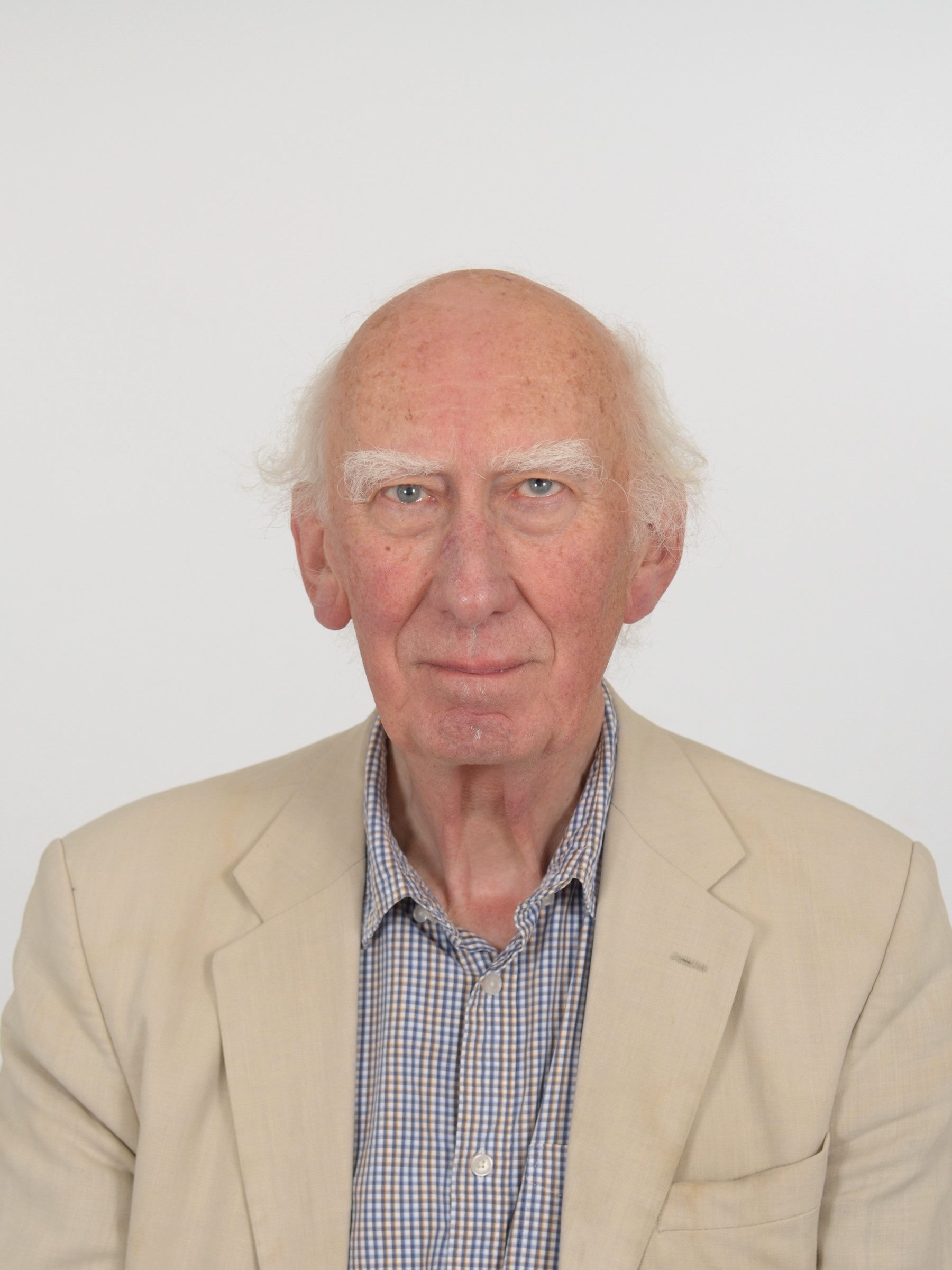We are pleased to announce that QMRG and PopGeogRG nominee Emeritus Professor Tony Champion of the Newcastle University, has been award Honorary Fellowship of the Royal Geographical Society (RGS) as part of the prestiguous annual medals to recognise excellence in geographical research and fieldwork, teaching, and public engagement.

Thanks for asking me about what I consider to be my main contributions to Geography and about the part that Quantitative Methods have played in my work, but my biggest thanks go to the QMRG and PopGRG committees for nominating me.
Perhaps the first thing to say is that it was only through a series of ‘accidents’ that I became a population geographer with an interest in numbers! At school I was drawn to Greek, Latin and Ancient History for my A Level subjects, that is until my farming family put its foot down and we compromised by my taking History, Geography and Latin and adding Geology in my second Sixth Form year. A charismatic Geography teacher then persuaded me to follow one of his previous students to Oxford which was still in pre-QuantRev mode and required a ‘regional description’ which I based on my home area around Canterbury that inspired an interest in changing land use.
This interest took me first to Wye College (London University’s agricultural college) where I studied ‘land for New Towns’ for MPhil under Robin Best (and was given crash courses in economics and statistics) and then back to Oxford where my DPhil focused on agricultural-urban land conversion (under Jean Gottmann who turned me into an urban geographer with an interest in defining cities and urban regions). It was only after several years at Newcastle that I became more interested in population geography and especially the Census, much encouraged by the likes of Stan Openshaw, Mike Coombes and Martin Charlton and subsequently our student Danny Dorling, but even then I retained my interest in applied geography, especially on the planning and housing implications of population change.
So it is in Population Geography that I feel that I have made my main contributions and, within that, studying internal migration. Here again, I gratefully acknowledge the inspirational figures that have guided my lines of work. Most notable among these has been Tony Fielding whose work on counterurbanisation and the escalator region prompted me into a range of studies on these themes and who around 1990 helped me steer the IBG Limited Life Working Party on Migration in Britain, the report from which expanded into two volumes aided by Phil Rees, John Stillwell and Peter Boden.
I have maintained a strong interest in urban-rural migration throughout, while Ian Gordon and Mike Coombes were instrumental in helping me take forward work which applied the escalator model at the city-region level. More recently, Tom Cooke’s work on declining migration rates in the USA prompted me to work with Ian Shuttleworth on the UK scene and more recently I have become interested in Darren Smith’s studentification phenomenon and how much young-adult migration is being altered by rising HE participation and the impact of this change on local populations, here ably assisted by Anne Green and Kostas Kollydas.
As regards the role of QM in my work, it has indeed played an important part, but I must admit that – despite the best efforts of Wye College – equations still make me run a mile! My skills in this regard are pretty much limited to basic number crunching using Excel and a few SPSS functions, so I have been hugely glad of the support of many other people, including Colin Wymer in CURDS and many of those listed above. How, for instance, would I have got involved in applying the Oaxaca-Blinder Decomposition Method to changing migration rates if not with Tom and Ian?!
Last but not least perhaps are my ‘administrative’ inputs to Geography as a discipline and to data in the broadest sense. Over the years, it has been a huge privilege to have served on several IBG (then) Study Group committees including those for Urban, Rural and Population Geography, as well as acting as Hon Treasurer of IBG (in the run-up to its merger with RGS) and of the Council for British Geography. Ditto for various working groups of the IGU and the IUSSP, as well as various tasks undertaken for the Regional Studies Association, the British Society for Population Studies, the UN Population Division, the ESRC and the ONS. The latter is currently on the receiving end of my two latest ‘campaigns’, these being on the future of the Census and on the possibility of now adding the once-mooted Upper Layer to the SOA geography (attempting to counter the effect of the government’s impending removal of the remaining lower-tier English shire districts for which data on population change and its components has traditionally been made available for geographical analysis).
You can find out more about Tony’s work here and the other award winners here!